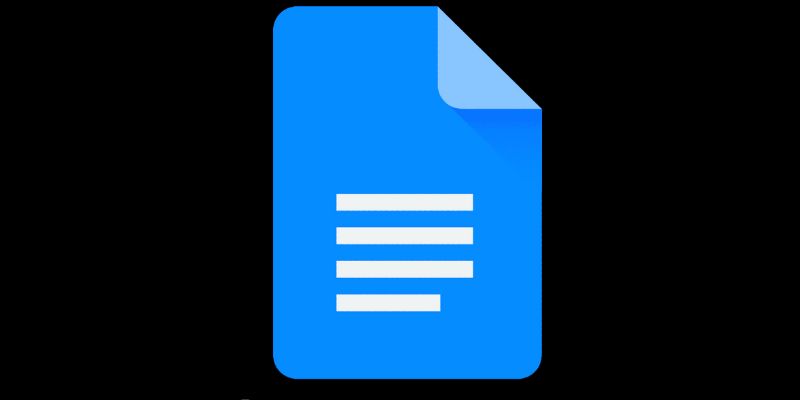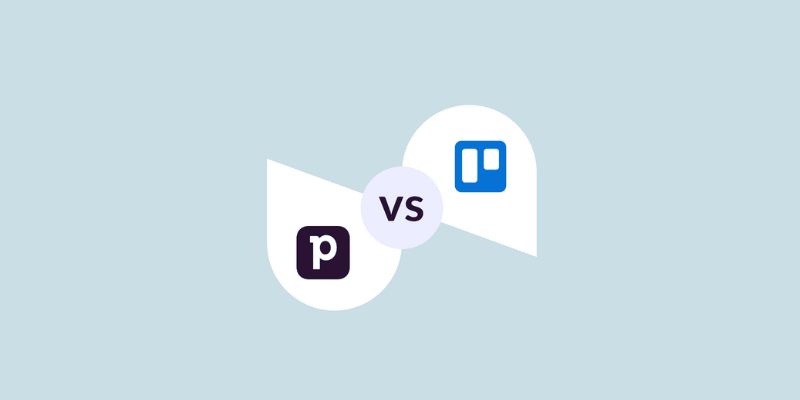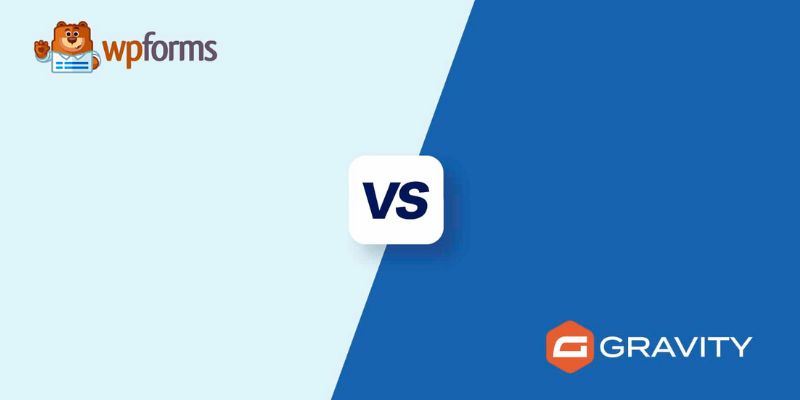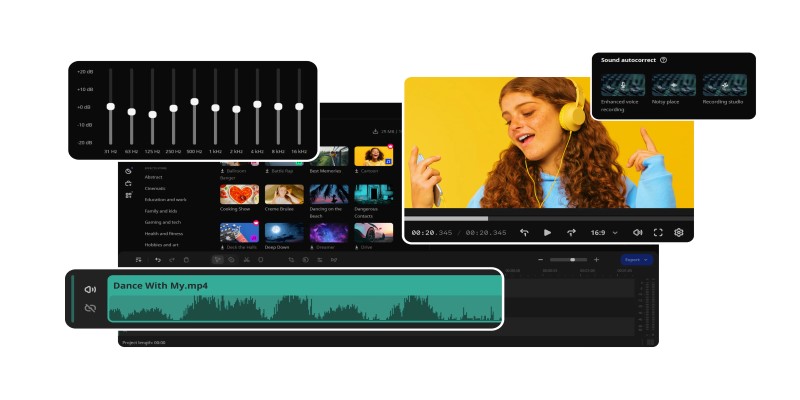How to Make a Timeline in Google Docs for Your Next Project: A Guide
Advertisement
Making a timeline helps to arrange projects, activities, and events, including milestones. Google Docs offers flexible tools for creating timelines easily. For teams, students, or anyone overseeing initiatives, it is perfect. Creating a clean, organized timeline doesn't require advanced design skills. You only need a Google account and a well-defined strategy. Docs' built-in drawing tools let you create from scratch. Text, forms, and lines are readily customizable. If you want ordered columns, you can also take advantage of tables.
Knowing how to create a Google Docs timeline enhances organization and planning. It helps control deadlines, meetings, and main objectives. Timelines help, whether organizing a product release or a school project. The approach is free, fast, and beginner-friendly. Follow the right steps to get started.

Why Use Google Docs for Timelines?
Google Docs is a free, simple-to-use tool available to everyone with internet access. It's perfect for distant work or study since it operates on any gadget. Real-time team member collaboration is possible. Everyone can view, comment, or change the same document. Google Docs' timelines call for no further tools. Built-in tools let you construct basic or sophisticated layouts: Mark days and events with lines, arrows, and text boxes. Custom colors and designs help to visually clear the chronology.
Docs also autosave so that you won't lose advancement. Presentations or reports allow you to include your chronology. After creating your timeline, send it as a PDF for review. Google Docs is cloud-based, so file format issues are avoided. Google Docs is always available and allows flexible layouts. Anyone can add ideas and updates on agreed-upon timelines. For teams, students, and single designers, it's perfect. Along with improved project control, you save time.
Planning the Timeline Content First
Begin your timeframe with well-defined objectives. Choose the chores or events you wish to highlight. Compile the timescale or dates connected to those events. If necessary, divide the job into smaller steps. Keep specifics clear-cut and straightforward. Enter each timeline item using keywords or phrases. That makes a glance reading easy. Sort all the events in the proper order. First, plan the framework using paper or notes.
Choose whether your timeline will be segmented or simple. Choose a style appropriate for your project. Avoid too much material; concentrate on important ideas. It renders your timeline clear and legibly understandable. If necessary, ready icons or labels to depict steps. For clarity, use the same symbols. Consider color coding to present categories or urgency. Ahead of time, content planning helps save time spent formatting later. It guarantees accuracy from the beginning and helps prevent missing information.
Creating a Timeline Using Drawing Tool
Click "Insert" in the menu after opening a Google Docs file. First, select "Drawing," then click "+ New." Illustrate a straight timeline with the line tool. To choose straight or arrowized lines, click the arrow next to the line icon. Mark events with little lines emerging off the main line. Label every point with the text box tool. Besides every marking, type quick descriptions. Line things up nicely with moving boxes and lines.
Customize every point with several shapes or colors. For large deadlines or milestones, use strong text. Depending on your requirements, keep the arrangement either horizontal or vertical. As necessary, give the painting canvas more area. After completing, click "Save and Close" to add the drawing. Click it anytime to reopen and edit. Aligning and spacing everything correctly comes from the toolbar. Simple arrows or icons bring further clarity. Adapt for the particular goal of your project.
Building a Timeline with Tables
Tables organize data without referencing a graphical tool. Click "Insert," then "Table." Insert a table. Begin with two or three columns—store dates or times in one column. Apply the second for chores or event names. Should it be necessary, add a third for notes. Fill the rows with your historical material. Short each row precisely and straightforwardly. Use bold for deadlines or major chores. Use background colors to create visual separation. Combine cells for important events across several columns.
For readability, change the column width. Group or phase using color-coded text. Inside cells, use bullet points for even more clarity. Tables are effective for project tasks or event schedules. You could copy and paste it into another slide or document. They print neatly for handouts as well. Tables come in very handy for timelines, including loads of text. Always first check your chronology for alignment. For a neat output, keep distances constant.

Tips for Customizing and Sharing
Change font sizes and forms to create an aesthetically pleasing timeline. Use different colors to separate phases clearly and make your timeline easier to read. Underline or bold to emphasize pressing concerns. Don't jam the design with too much data. Allow the gap between elements to be readable. For branding, provide your project title or corporate logo. If necessary, link points or milestones to pertinent records. Get comments from colleagues to help you. Share depending on your requirement view or edit rights. Export as a PDF for teams or client distribution. Download it as Word should you be editing it offline. Save a backup copy within Google Drive folders.
Frequent updates help to show project changes—and track improvement by archiving previous versions. You may also copy the file for a template. Presentations call for neat and professional formatting. Always preview your document before printing or sharing. Well-crafted timelines help to clarify things and wow stakeholders. Google Docs allows quick and effective sharing and collaboration.
Conclusion
Creating a Google Doc timeline is one smart approach to arranging your next project. It facilitates team coordination, deadline management, and development tracking. Timelines give structure, whether you are organizing a school project or a job assignment. Use neat lines and layout choices, including tables or drawings, to simplify your task. Project planning in Google Docs allows you to maintain all of the deadlines. Understanding how to create a timeline will enable you to remain concentrated and effective during any stage of a project or planning effort.
Advertisement
Related Articles

How to Make a Timeline in Google Docs for Your Next Project: A Guide

Understanding the Differences Between Claude and ChatGPT in 2025

How to Use Camtasia for Screen Recording

Pipedrive vs. Trello: Which CRM Tool Should You Choose in 2025

WPForms vs. Gravity Forms: Which WordPress Form Plugin Is Best for 2025

Best Business Banking Tools to Simplify Finance in 2025

Best Linux Tools for Creating and Managing Storyboards

Best Software to Build Guided Product Tours

Which Calendar App Reigns Supreme in 2025: Google Calendar vs. Apple Calendar

Google Ads vs. Facebook Ads: Which is Best for Your Business in 2025

How to Edit Voice Over Videos Smoothly Without Overcomplicating It

 novityinfo
novityinfo